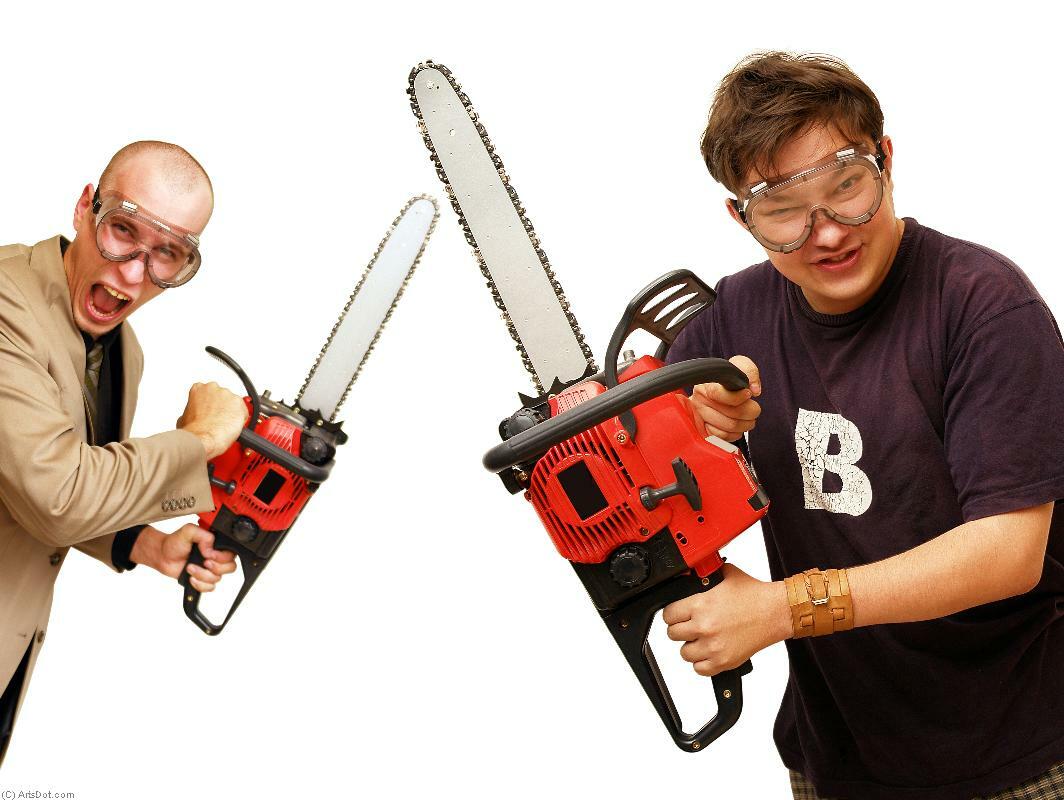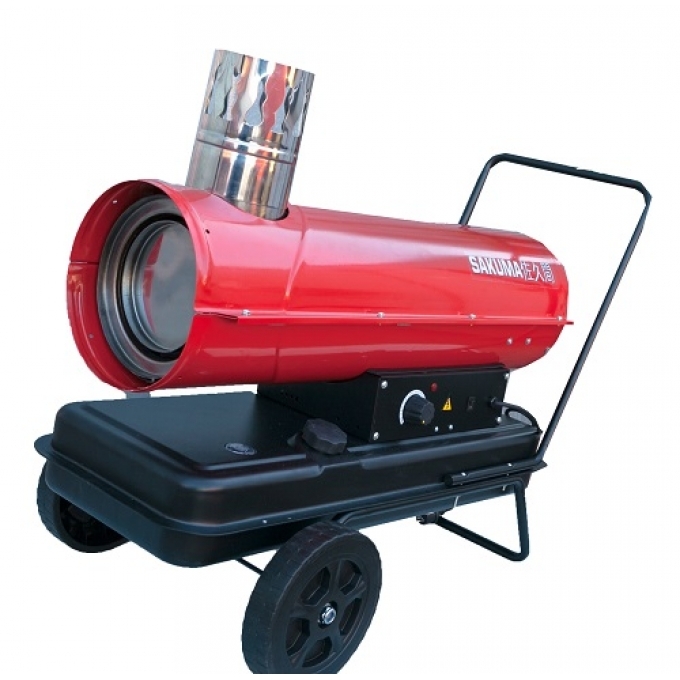There are several proven ways to choose a concrete mixer that is suitable for use at home. The device must be powerful enough, have a volume in the range of 100-150 liters, and be powered by an electric motor. The main selection criteria are described in detail in the article.
The content of the article
- Volume and weight
- Power
- Principle of operation
- Transmission type
- crown material
- Drive unit
Volume and weight
When it comes to which concrete mixer is better to buy for the home, you should not choose models that are too heavy. For domestic purposes, it is quite enough that the volume of the device is within 100 liters, and the weight is 20-40 kg.
Such parameters are suitable for the construction of a small structure, for example, a bathhouse, a garage, a gazebo, pouring the base for a walkway, repair work. If you want to build a one-story private house, you will need a volume of 100-150 liters and a mass of the device in the range of 40-50 kg.
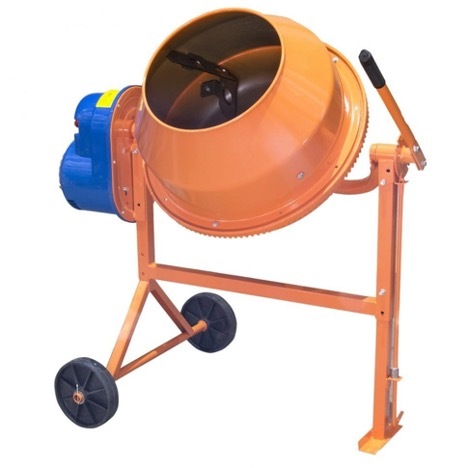
If it is planned to carry out the construction of 2-3-storey houses, it is better to take a device with a volume of 150-300 liters. Weight will be about 50-160 kg. These are universal mixers that are quite suitable for all small and large-scale jobs.
Power
Another way to choose a concrete mixer for your home is related to power rating. If it is supposed to work for a long time and without interruption, the parameter must be at least 1000 W.
If heavy loads are not planned, continuous operation lasts no more than 6-7 hours, and an average power of 700-800 watts is sufficient. On such devices, you can prepare mixtures for a gazebo, a small bath and other household structures, as well as for all kinds of repair work.
Principle of operation
Before buying, you need to figure out what kind of concrete mixers are. There are several classification criteria, one of them is related to the method of mixing. According to this indicator, 2 groups are distinguished:
- Forced mixers - in this case, the solution is mixed with blades that are inside the drum. Moreover, the container itself remains in place, does not move. This type is used for professional purposes.
- For homework, a gravitational action apparatus is suitable. This is a classic option, when the container rotates, and the mixture is mixed and settles down under the influence of gravity.
Transmission type
Another tip on how to choose a concrete mixer for home and garden is related to the type of transmission. There are 2 options:
-
Geared - the gearbox comes separately, enclosed in an additional case. This avoids the ingress of sand, debris, dust particles. The mechanism will last longer, but the device must be handled with sufficient care. If the engine or gearbox is damaged, its repair is sometimes more expensive than the purchase itself.
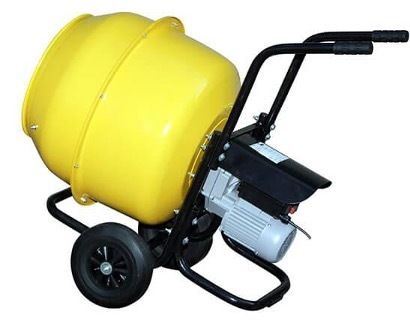
-
Crowned - in this case, the engine gives an impulse to the drum through the gears and the crown on the rim. The mechanism is quite simple, but garbage often gets into it. At the same time, the repair is simple and will take no more than 3 hours. Such devices are much cheaper, so they are more common.
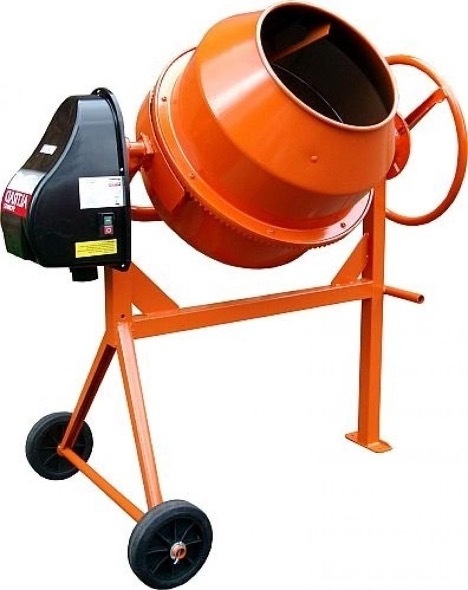
crown material
The choice of a concrete mixer for the home is also associated with reliability - the longer the equipment lasts, the better. This indicator depends on the material of the crown:
- Plastic – affordable, suppress noise. But they quickly wear out and become unusable.
- Steel - more expensive, although the most reliable. Especially often used not at home, but in the professional field.
- Cast iron - not as expensive as steel, while more durable than plastic. This material is the most common.
Drive unit
One of the most effective ways to choose a concrete mixer for building a house is to study the type of drive. There are 4 types of device:
-
Muscular – the agitator is operated manually by means of a rotating handle. Performance is very low, but the price is the most affordable. Suitable for minor repairs only.

- Pneumatic or hydraulic drive - the device works by forced supply of air or water, respectively. The installation is complex and maintenance is not always easy. Usually it is used for work on an industrial scale.
- motor drive - Runs on a petrol or diesel engine. It makes a lot of noise, consumes a lot of fuel, gives a strong output. Definitely not suitable for indoor use.
-
electric drive - occurs most often. The equipment is economical, convenient, not too noisy. Works from a normal network of 220 Volts (in a case with industrial installations 380 Volts).
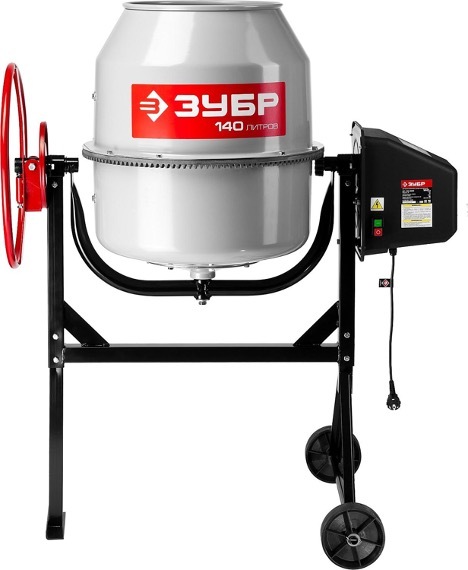
If you conclude which concrete mixer to choose for your home, you need to focus on power, volume, duration of continuous operation and type of drive. Most often, electric devices with a power of 1000 watts are used. This is quite enough for repair work and the construction of small buildings.

